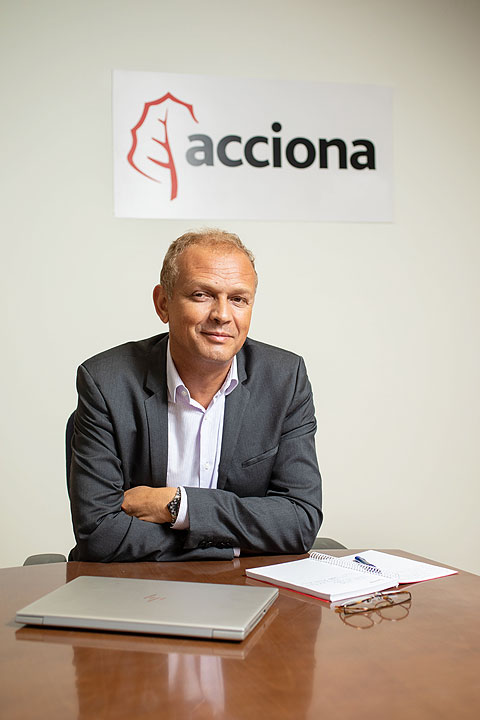PHL shipping companies start increasing freight rates
by Arjay L. Balinbin, Senior Reporter
Some shipping companies have started hiking their freight fees, the Philippine Liner Shipping Association (PLSA) said, noting that the industry is currently in survival mode due to the rising fuel prices.
“As far as I know, rates of the ROROs (roll-on, roll-off vessels) in Batangas have gone up. In other provinces, I know that they are putting increases also,” PLSA President Mark Matthew F. Parco told BusinessWorld in a phone interview on Monday.
The average increase in freight fees, according to Mr. Parco, is 25%.
“That’s the average based on the increase in their operating costs… There is no single rate that applies to all. They have different rate levels and structures,” he added.
Chelsea Logistics and Infrastructure Holdings Corp. President and Chief Executive Officer Chryss Alfonsus V. Damuy said in a phone message that they are “sending notices” to their clients.
Maritime Industry Authority (Marina) Administrator Robert A. Empedrad said the industry is deregulated.
Under Republic Act No. 9295, domestic ship operators are authorized to set their own domestic shipping rates, provided that “effective competition is fostered and public interest is served.”
The agency monitors all shipping operations and exercise regulatory intervention where it is established that “public interest needs to be protected and safeguarded.”
Mr. Empedrad said that Marina will “evaluate the validity” of the increases.
“But eventually, we cannot control them,” he added.
Mr. Parco said the domestic shipping companies have been losing money and that it is “a matter of survival” now.
“Cumulatively, it was a P600-million loss for all the lines in 2019, which should reflect the state of the industry. In 2020, it was a P1.5-billion loss. For 2021, I expect it will still be negative,” he noted.
“But they were not increasing rates because of Marina’s request” in consideration of the coronavirus pandemic.
The cost of operations has increased by around 25%. “I’m just talking about the increase in fuel prices. I’m not even talking about the increase in trucking, spare parts, and dry-docking costs,” Mr. Parco said.
The prices of gasoline, diesel, and kerosene are expected to fall by P5.45, P11.45, and P8.55 per liter on Tuesday, after 11 straight weeks of increases. Last week, fuel retailers raised gasoline and diesel prices by P7.10 and P13.15 per liter, respectively.
Fuel accounts for around 40 to 50% of shipping companies’ operating costs, Mr. Parco said. “But then again, shipping lines have different cost structures.”
On whether the higher freight rates will be passed on to end consumers, he said: “There will be a pass-on; but again, because shipping [rates] went up doesn’t mean that all the increases are due to shipping.”
“Shipping is just from the port to the port. It’s just part of the total logistics. From the farm to the port, there are a lot of things that happen there: there’s trucking, there’s consolidation, distributors — they put their markups,” he added.
“So when we look at that portion — just from port to port, which we are responsible for, it’s just around 5% of the total price of a [product].” The industry has been seeking fuel subsidies, removal of excise tax on oil, and reduction in charges imposed by regulating agencies to soften the impact of the fuel prices on shipping costs Philippine Interisland Shipping Association Executive Director Pedro G. Aguilar said during a recent House committee hearing on fuel crisis that the impact of the excise tax on cargo ships is an increase of P400 to P500 per 20-foot container depending on the fuel consumption of a vessel and the port of destination.















